Short texts about 28mm figures from over the years ( 1978 to 1990 ).
I guess it's where I started off painting figures with any serious intent. My first ones were, well, honestly ?..... not all that good.
At that time there was little in the way of guidance to help painters, and paints were limited to enamel colours or tubes of artist oils that cost several times what a single figure cost.
These were the days when Citadel ( the forerunner to Games Workshop ) sold Ral Partha imports for 20p or 25p each, and you got a discount for buying ten of the same figure.
So I'll try and run through these in some kind of chronological order, detailing the kit supplier and anything notable about the figure, maybe something that I learned or that changed the way I approached painting.
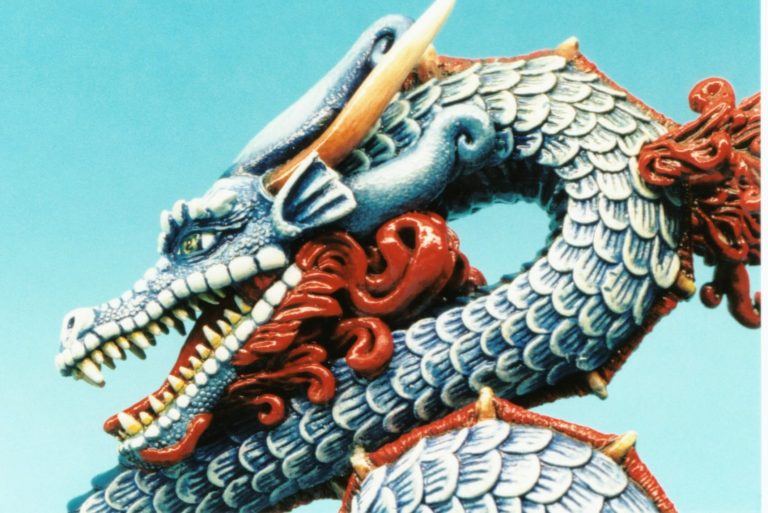
Yes, you've seen this little horror elsewhere on the "Beginnings" page, but to me this little chap is rather important.

Ral Partha Orc Warrior.
One of the many reasons I like about this little fella is that he's the first fantasy figure I painted. I used enamels straight onto the metal with no primer, and although he looks beaten and battered, he's survived many tabletop skirmishes until I discovered that wargaming was not for me.
It's also the first time I painted a design on a shield - Sauron's Eye from the front of the Tolkien Lord of the Rings books I had back then.

I've tried to keep a record over the years, taking what I then thought of my best painted pieces and keeping them as a record of improvement or change. This little fella is the first attempt at including oils in the painting process - from about 1981

And this one a better mix of oils and the enamels. Both this and the Thief above are Ral Partha figures,.
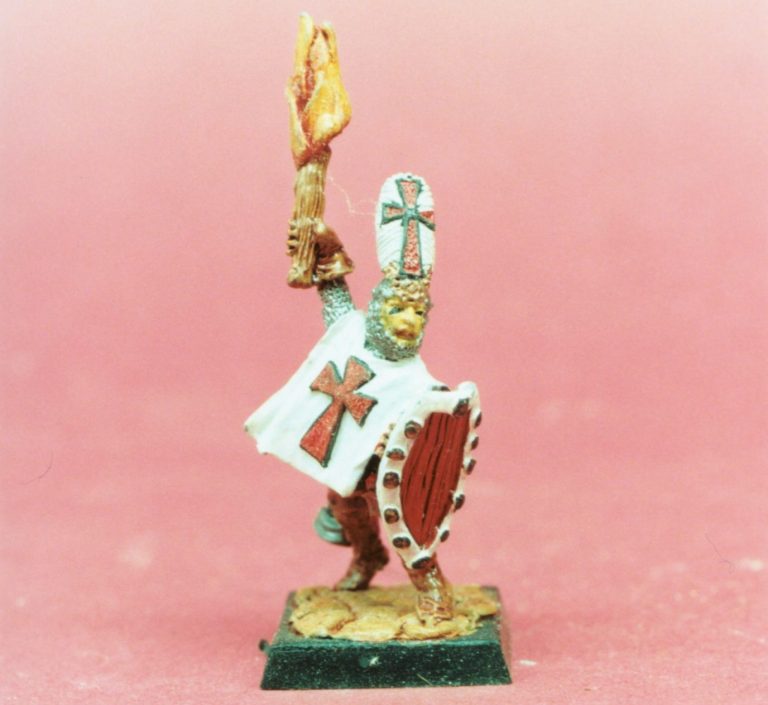
Here's a little figure of a Paladin that marks a change from the moulded on metal bases to the introduction of the plastic "slotta " base. Having integrated oils into the paints being used, this marks the point where I started using artists acrylics.
This new medium was supplied in tubes from an art shop, and a million miles away from the little pots of paint with dropper style tops that we have nowadays.
I'd also discovered a two part epoxy putty called Milliput, I'd use this for various things, not least for groundwork and converting models in the following years.
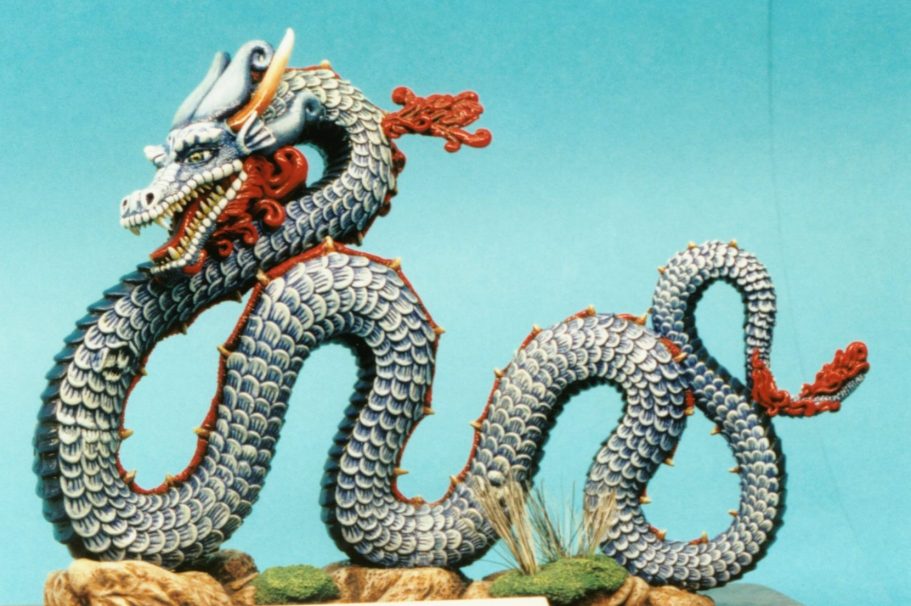

This was also the start of painting several models at once, in that this took me several years to paint, putting it to the back of the desk in between times, to allow me to paint other models.
It's where Citadel paints came into their own, and I learned to use acrylics "properly" by repeatedly adding thin coats of paint to build up changes in colour.
Milliput is still in evidence as the grass mounds - stippled with a toothbrush to get the texture, and I was using the oils for the brown areas of the groundwork.
A case of something a lot more complex with this model from Grenadier Miniatures.
For a start size, at nearly 220mm long ( nine inches in old money ), and consisting of several pieces, it caused several issued that needed resolving - glueing and pinning pieces together, as well as sheer weight as it's a solid lump of white metal.
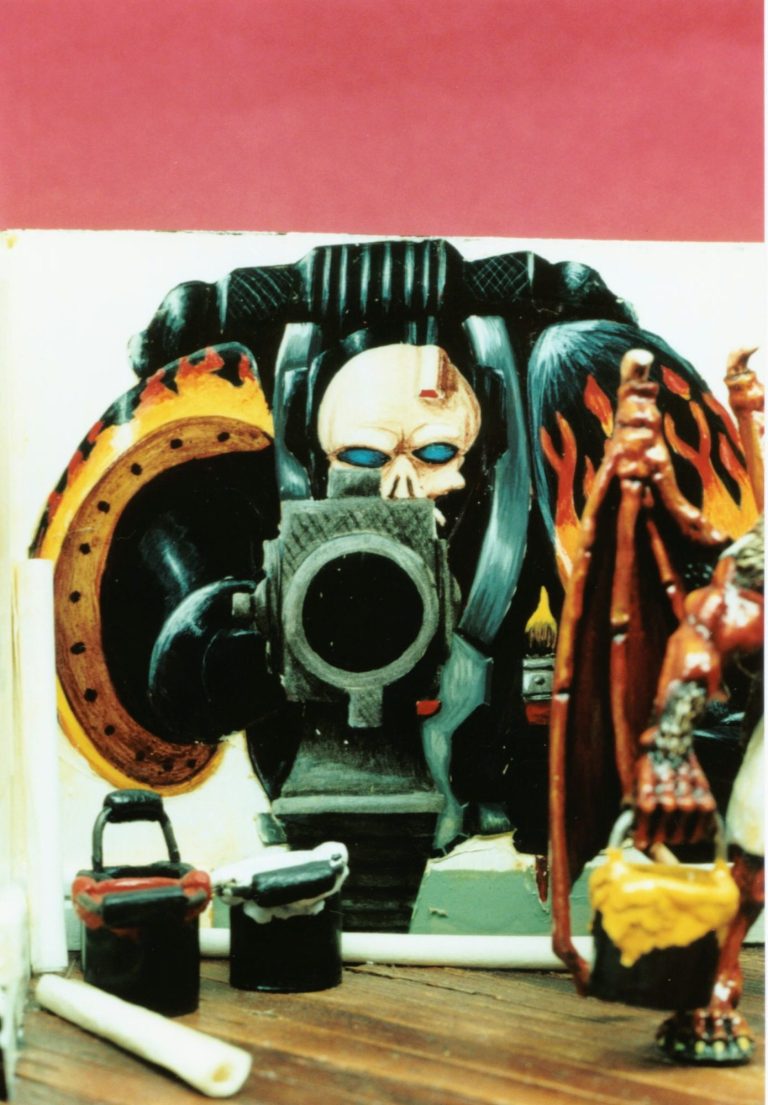

So quite a lot of learning to be had from making this one, but a lot of satisfaction from the results.

I think this was my first attempt at a serious conversion. the original figure is a white metal Balrog with a flaming sword, and there were perhaps a few too many ideas going on all in one place.
For a start, the figure had the sword replaced with a paintbrush, and a T-shirt made from milliput with the 1988 Golden Demon design painted on in miniature.
With the release of the Space Marines and their growing popularity, I decided to have the Balrog standing in front of a wall mural that he's just finished painting depicting another model I'd done - Fireman Sam - with the flame effect shoulder pads etc.
Paint pots from bits of tube and some wire, wood beams from balsa wood and floor from Milliput, it's all there and got it's photo published in the Golden Demon book that year.
Lucillius debitis
Nulla euismod condimentum felis vitae efficitur. Sed vel dictum quam, at blandit leo.
Orc Wyvern Rider
In a time when "bright was right", and gloss varnish was king, this multipart kit came along
A lot to like about the kit when it first came out, apart from the base, that was a tiny piece of metal, and this was never going to be safe to leave balanced on it, so I had to make a base - a polystyrene block with wood veneer glued on, which at the time looked pretty good, and gave me ideas for other models to come.
As for painting, drybrushing and washes for a lot of the Wyvern's body, I'd do it differently now, but back then, it was pretty much how everyone did it.
More care on the feet and talons, in line with the painting of the figure and the saddle.
I've still got another one of these to do, but that's on the 150 years plan

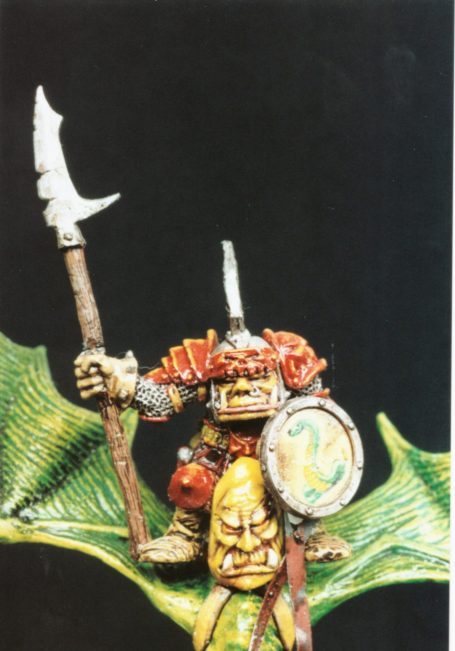



The Orc Command Group.
Painted around 1988, and I seem to have really liked doing faces on shields back then.

I can't remember who sculpted this range of Orcs, but I've retained a lot of them because they're some of the best pieces from that period.

The face on the standard is sawn off the front of a Grenadier Giant ( I think ). Back in those days, nothing much was safe from being sawn up and used for something else.

Orc Standard Bearer
A minor conversion to coincide with the rising fashion in ludicrously big banners. The orc is one that I particularly liked painting, a repeat purchase of one from the Command Group, and the banner is taken from a sketch from a Boris Vallejo book that I really liked and wondered why he never finished it off.
Groundwork was attached to a white metal cast base made by melting old figures in an old pan and pouring them into a jar lid. This makes the whole thing very heavy and unlikely to blow over in a strong wind.

At that point i was working in a design studio, and used a machine we had to produce a repeat leaf pattern on a strip of plastic film, this was fastened around the base with wood glue.
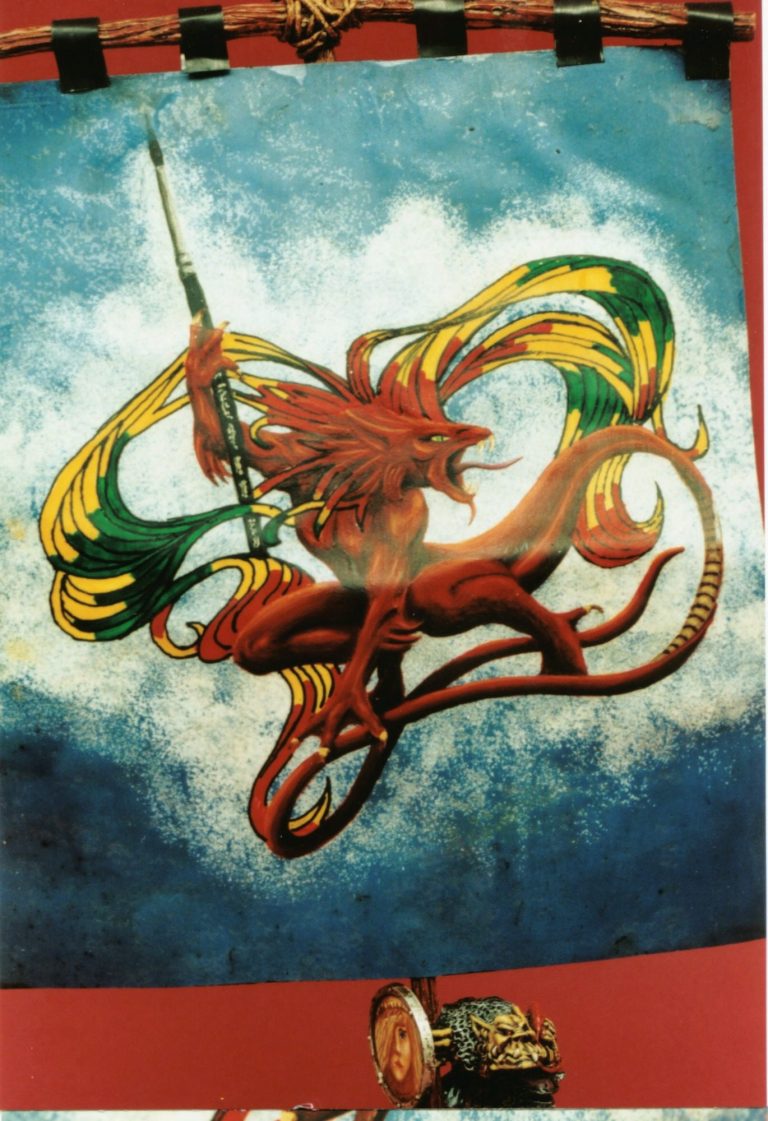
The banner s=design itself was copied onto a clear section of the same type of film, and painted with acrylics and Tamiya Clear coloured lacquers.
Goblin with Temple Dog conversion
1989, and I managed to produce this and catch the eye of Mike McVey and the judges at the Golden Demon competition.
The goblin is a straight paintjob on a Kev Adams ( best sculptor of goblins ever ) piece, and the Temple Dog had it's head replaced with that from a Chaos Marine Juggernaut ( a simple head swap ). A Milliput mane was added , a standard made and painted, and a lump of coal with Milliput grass for a base. Oh and quite a few mushrooms made from matchsticks and Milliput.

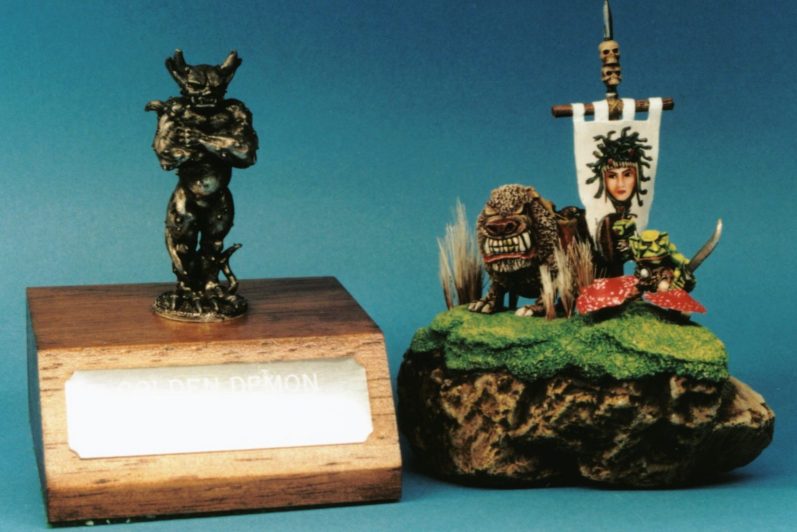

A lot of the mushrooms have fallen off now, due to repeated hoi=use moves, but the main bits are still there. The picture on the banner is a hand painted copy of the Chris Achillos Medusa book front cover, and what alot of people don't see is the face repeated on the shield that the goblin is holding ( see photo to the right )
To be honest, all these years later, it's still one of my favourite pieces, ranking equally with my first Gold Medal at Euro Militaire with the Roy Hunt Samurai Girl flat and a Silver at SMC with a Swamp Dragon that I sculpted myself.

We need your consent to load the translations
We use a third-party service to translate the website content that may collect data about your activity. Please review the details in the privacy policy and accept the service to view the translations.